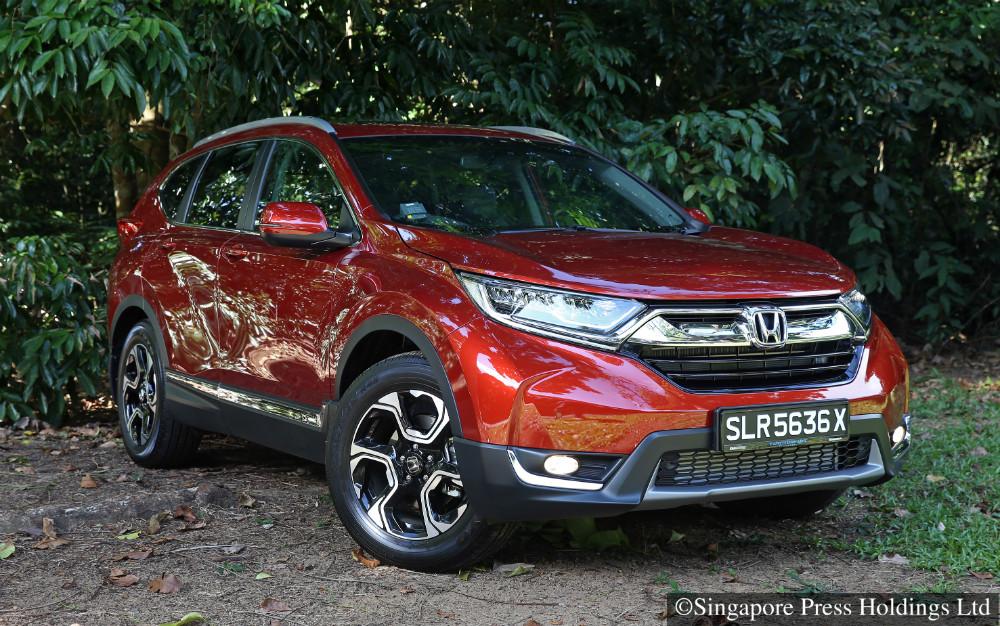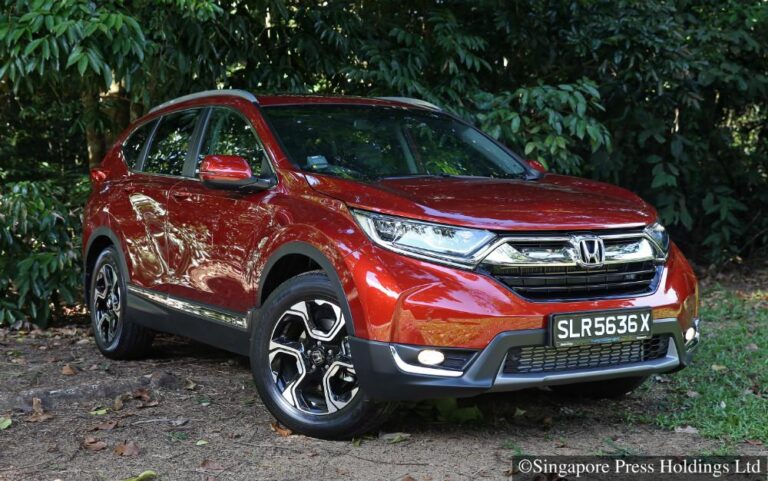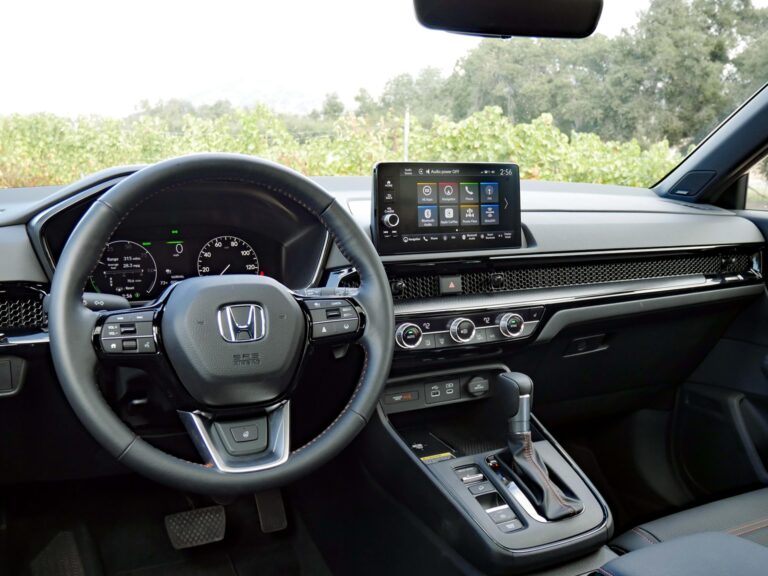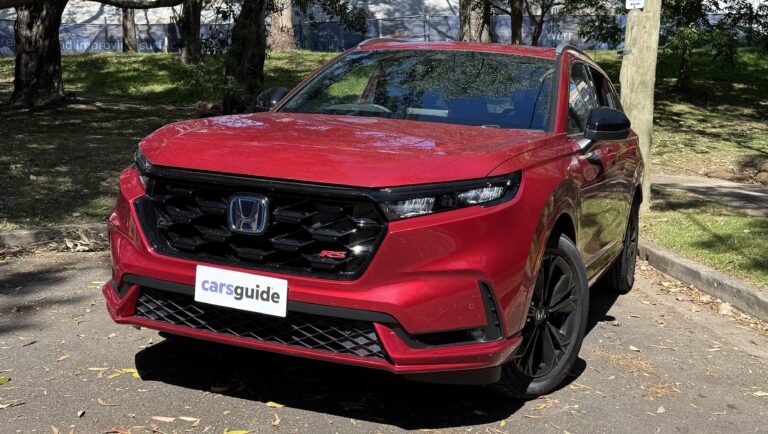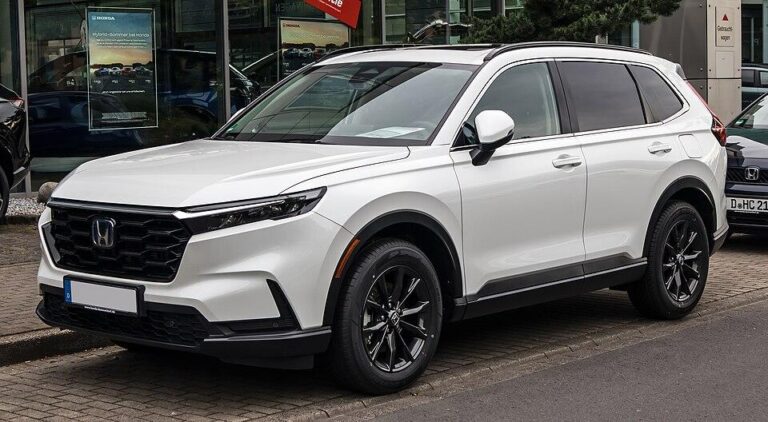Honda CR-V comparison review
When it comes to compact SUVs, the Honda CR-V stands tall as a perennial favorite among drivers seeking a harmonious blend of practicality, comfort, and reliability. With its latest iterations emerging in a competitive landscape filled with agile newcomers and seasoned contenders, the question looms large: How does the CR-V stack up against its rivals? In this complete comparison review, we’ll delve into the essential features, driving dynamics, safety ratings, and overall value that the Honda CR-V brings to the table. Whether you’re a first-time buyer or a seasoned automotive enthusiast, join us as we navigate through the key aspects that define this revered model in the context of its peers, helping you make an informed decision in your search for the perfect compact SUV.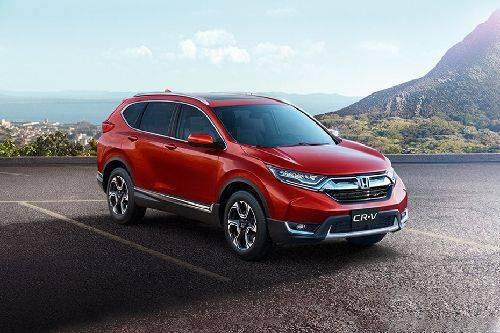
Evaluating Performance and Efficiency of the Honda CR-V Models
The honda CR-V has established itself as a benchmark in the compact SUV segment,renowned for its performance and efficiency across its various models. Whether you opt for the standard gas engine or the hybrid variant, the CR-V is engineered to produce admirable horsepower while maintaining economic fuel consumption.Key features contributing to this balance include:
- Turbocharged Engines: Models equipped with a turbocharged engine offer a lively driving experience without sacrificing fuel efficiency.
- All-Wheel Drive Options: The availability of AWD enhances traction and stability, making it a suitable choice for diverse driving conditions.
- Eco Assist System: This feature provides real-time feedback to help drivers maximize fuel efficiency, showcasing Honda’s commitment to sustainability.
In terms of efficiency, the CR-V’s hybrid models shine with impressive EPA ratings that rival many sedans. The combination of an electric motor and a gas engine not only reduces emissions but also elevates the overall driving dynamics. The following table summarizes the performance metrics for both the traditional and hybrid models:
| Model | Horsepower | Fuel Efficiency (MPG) |
|---|---|---|
| CR-V Gas Line | 190 hp | 28 city / 34 highway |
| CR-V Hybrid | 212 hp | 40 city / 35 highway |

Interior Comfort and Technology Features: A Closer Look
The Honda CR-V stands out not just for its spaciousness but also for a thoughtfully designed interior that emphasizes both comfort and functionality. Passengers are greeted with a plush setting featuring high-quality materials and ample legroom, making it ideal for long drives. Key elements such as adjustable seating positions, heated front seats, and a spacious cargo area contribute substantially to the overall experience. Additionally, the smart storage solutions throughout the cabin ensure that personal items are easily stowed away, promoting an organized surroundings.
In terms of technology, the CR-V is equipped with an impressive suite of features that enhance both convenience and safety. The display audio system with a touchscreen interface offers seamless connectivity options, allowing drivers to operate their smartphones via Apple CarPlay and Android Auto effortlessly. Advanced safety technologies, such as Honda Sensing, including Collision Mitigation Braking and Lane keeping Assist, come standard across various trims.Here’s a quick comparison of some notable tech features:
| Feature | Standard in All Trims | Available Features |
|---|---|---|
| Touchscreen Display | Yes | Up to 9 inches |
| Bluetooth Connectivity | Yes | Advanced Voice Recognition |
| GPS Navigation | No | Integrated with Premium Audio |
| Wi-Fi Hotspot | No | Available in Higher Trims |
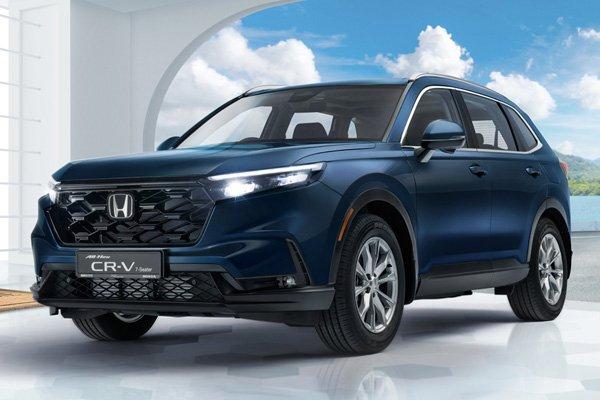
Safety First: Comparing Honda CR-V’s Advanced Driver Assistance Systems
The Honda CR-V is widely recognized for its emphasis on safety, thanks to its suite of Advanced Driver Assistance Systems (ADAS). These cutting-edge features not only enhance the driving experience but also provide peace of mind on the road. Key systems include:
- adaptive Cruise Control: Maintains a safe distance from the vehicle ahead, automatically adjusting speed.
- Collision Mitigation Braking System: Detects potential collisions and applies brakes if the driver does not respond in time.
- Lane Keeping Assist System: Provides gentle steering assistance to help maintain lane position.
- Road Departure Mitigation: Alerts drivers if they are about to leave the roadway and can steer or brake as needed.
To illustrate the differences across various trims, Honda has packaged these technologies into different configurations. Here’s a quick comparison of which trims offer essential safety features:
| Trim level | Adaptive cruise Control | Collision Mitigation | Lane Keeping Assist | Road Departure Mitigation |
|---|---|---|---|---|
| EX | ✔️ | ✔️ | ✔️ | ✔️ |
| EX-L | ✔️ | ✔️ | ✔️ | ✔️ |
| Touring | ✔️ | ✔️ | ✔️ | ✔️ |
Each trim of the CR-V boasts an impressive array of safety features, ensuring drivers have access to the latest in automotive technology nonetheless of their budget. In a world where road safety is paramount, Honda’s commitment to integrating advanced safety solutions continues to set the CR-V apart from its competitors.
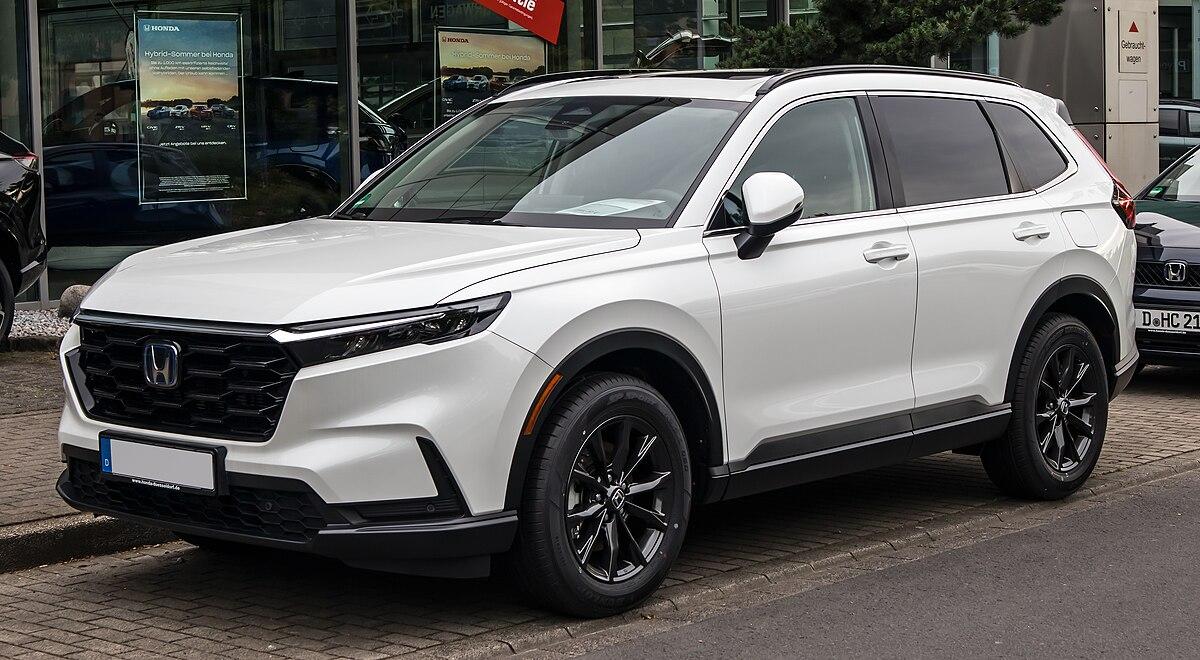
Value for Money: Pricing and Resale Insights for the Honda CR-V
The honda CR-V has long been recognized for its reliable value proposition in the crowded SUV segment. When considering the purchase of this versatile vehicle, potential buyers will be pleased to note the pricing tiers that make it accessible across different budgets. The CR-V’s MSRP typically ranges from $28,000 for the base models to around $38,000 for fully loaded versions, which include advanced technology and luxury features. This span allows consumers to select a configuration that best fits their financial plan while still reaping the benefits of Honda’s renowned engineering and reliability.
furthermore, when it comes to resale value, the Honda CR-V stands out among its competitors. On average,CR-Vs retain about 55% of their original value after five years,a statistic that speaks volumes about their desirability in the used car market. In comparison to similar models, such as the Toyota RAV4 and Ford escape, the CR-V tends to hold its value slightly better, primarily due to its reputation for longevity and consistent demand. A recent analysis of resale prices shows:
| Model | 5-Year Resale Value |
|---|---|
| Honda CR-V | 55% |
| Toyota RAV4 | 53% |
| Ford Escape | 50% |
This impressive resale performance can be attributed to factors such as high customer satisfaction, strong reliability ratings, and marvelous fuel efficiency, all of which contribute to maintaining a robust resale market. As such, buyers not only enjoy the benefits of a quality vehicle while owning it but also the peace of mind that comes with investing in a car that will likely yield favorable returns down the road.
Future Outlook
navigating the diverse landscape of compact SUVs can be a daunting task, yet the Honda CR-V continues to stand out as a formidable contender. Whether you’re drawn in by its fuel efficiency, spacious interior, or advanced safety features, the CR-V effortlessly blends practicality with innovation.As we’ve explored through various comparisons,it manages to hold its own against competitors,balancing performance and comfort in a way that appeals to a wide range of drivers.
Ultimately, your choice will hinge on individual preferences—be it the thrill of a turbocharged engine or the allure of cutting-edge technology. As the automotive world evolves, the CR-V remains a reliable cornerstone, offering both versatility and value. We hope this review has illuminated the key differences and similarities, guiding you towards an informed decision. Whichever path you choose, may your journeys be marked by adventure and satisfaction behind the wheel. Happy driving!

